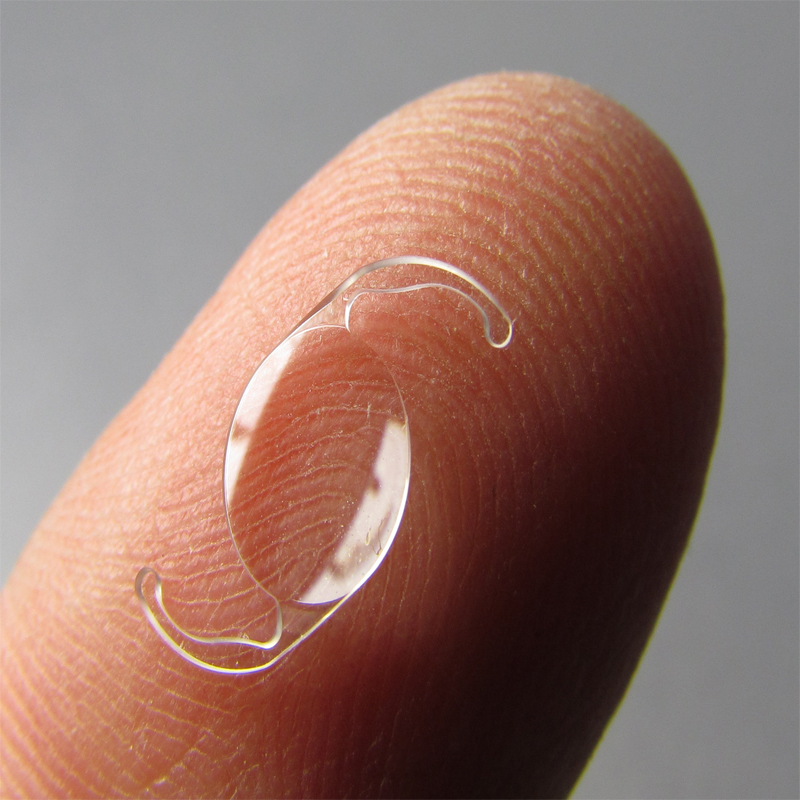Narang Eye care & laser Center
Squint is the misalignment of eyes, and the mutually coordinated movement of both eyes is absent. Therefore, its seen as crossed eyes by the patient. There are different types of squint. In esodeviation, the eyes turn inwards; in exodeviation the eyes turn outwards; in vertical deviations the eyes turn upwards or downwards and in mixed types there are one or more deviations clubbed together.
The exact cause of squint is not really known. The movement of each eye is controlled by six muscles. Each of these muscle acts along with its counterpart in the other eye to keep both the eyes aligned properly. A loss of coordination between the muscles of the two eyes leads to misalignment. This misalignment may be the same in all directions of gaze, or in some conditions the misalignment may be more in one direction of gaze.

Sometimes a refractive error hypermetropia (long sight) may lead to inward deviation of the eye. Poor vision in an eye because of some other eye disease like cataract, etc. may also cause the eye to deviate. Therefore it is important in all the cases of squint, especially in children, to have a thorough eye check-up to rule out any other cause of loss of vision.
Under normal circumstances, when both the eyes have good vision and they are aligned properly, they focus on the same object. Each of the eyes sends picture of the same object, viewed from a slightly different angle. These two images reach the brain, where they are fused to form a single three-dimensional picture with depth perception. This is known as binocular single vision.